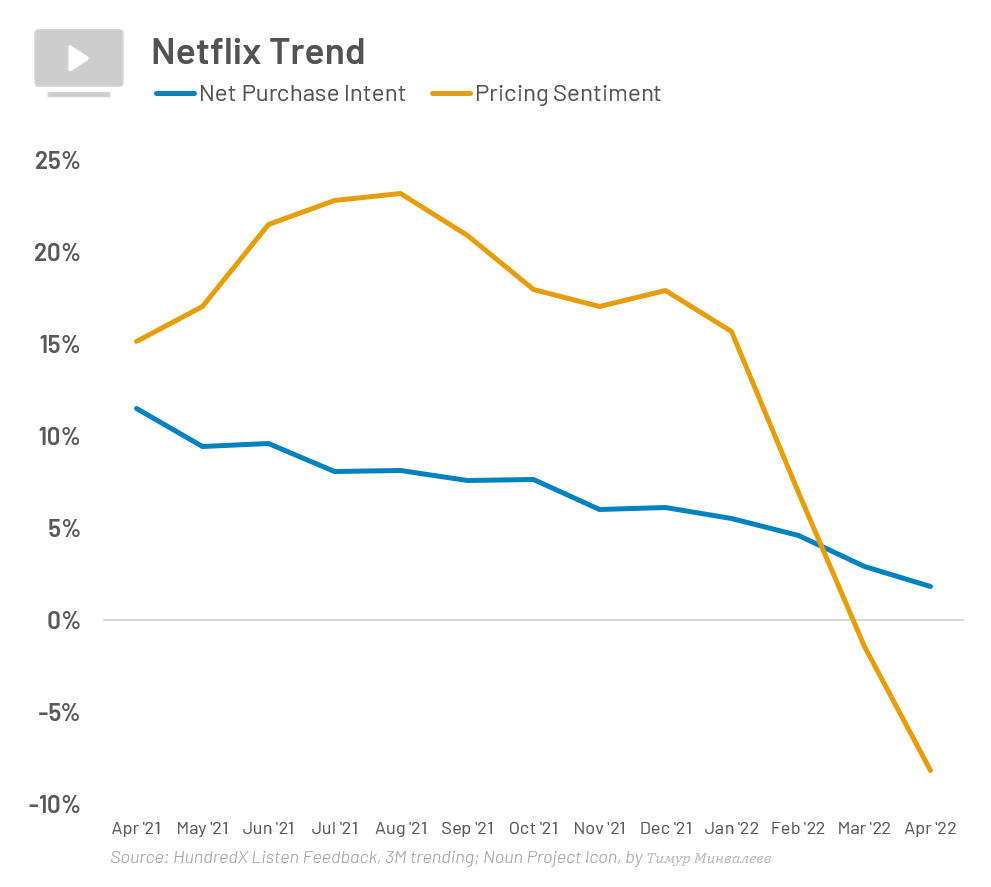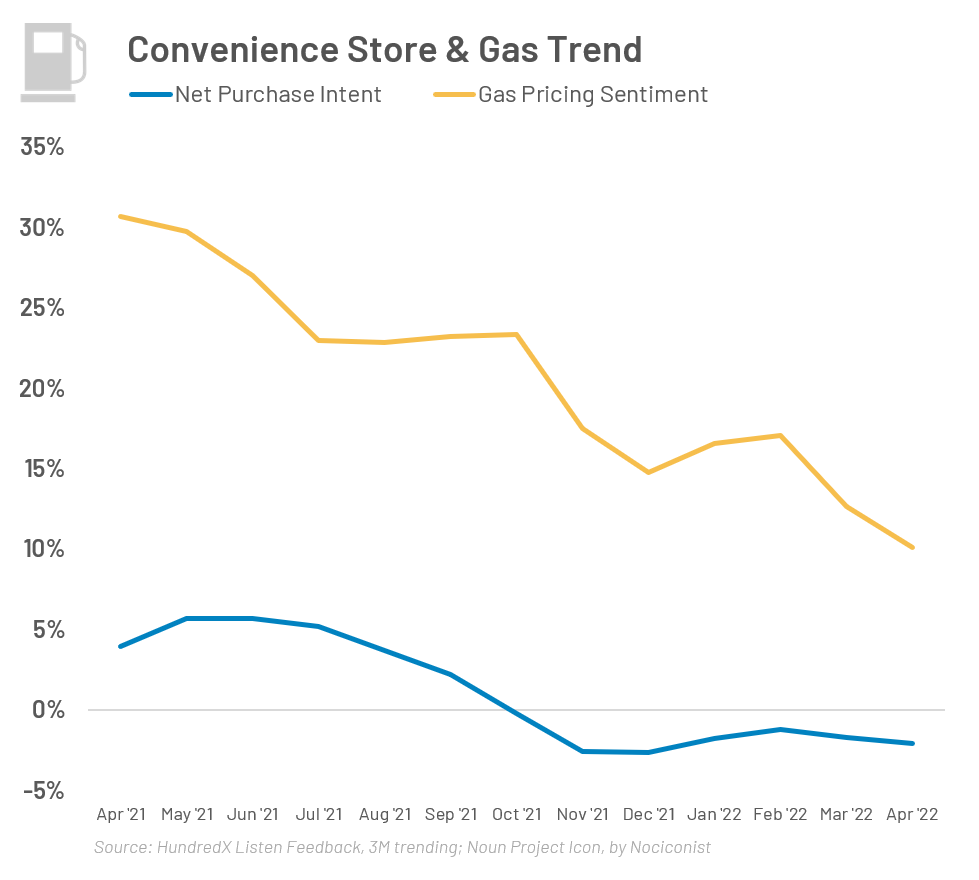The HundredX team combines decades of business, strategy, and investment expertise with a passion for doing good. The Company has built a first-of-its-kind, real-time market share and strategy development platform that provides a competitive edge for business leaders and investors. HundredX insights are powered by over 5 million pieces of ethically-sourced feedback provided by supporters of non-profits based on their experiences as consumers as a way to ‘give without spending’.
“In business, I saw when leaders had access to actionable insights and prioritized customer experience, they always won. Advising non-profits, I observed millions of passionate supporters, beneficiaries, volunteers, and employees that loved their given causes, understood they needed funding, but could not always write a check. HundredX unites these two worlds and serves as a new model to blend doing good with doing well in business."
HundredX is the second act and brainchild of founder Rob Pace. Rob previously was a senior Partner at Goldman Sachs as well as National Chair of a large non-profit.








